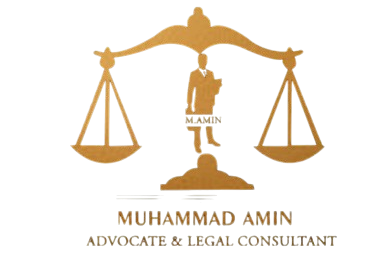:
1. Introduction to the Case:
- Outline the parties involved in the case.
- Explain the background of the legal conflict.
- Introduce the key issue: the role of the prosecution witness and the doubt cast over their credibility due to their failure to sustain any injuries during the occurrence, despite accurate attribution of injuries and enmity between the parties.
2. Legal Principles Regarding Eyewitness Testimony:
- Discuss the importance of eyewitness testimony in criminal cases.
- Examine how courts assess the reliability of an eyewitness.
- Explain the significance of corroboration and how it strengthens or weakens a case.
3. Analysis of the Prosecution Witness’s Credibility:
- Evaluate the significance of the prosecution witness not receiving any injuries.
- Address the issue of accurate attribution of injuries and how it might cast doubt on the PW’s presence at the scene of the occurrence.
- Consider the role of enmity between the PW and the accused and how courts assess such testimony when previous enmity exists.
4. Judicial Precedents on Eyewitnesses with Enmity:
- Explore past judgments where enmity between witnesses and accused has influenced the court’s decision.
- Present examples of cases where the court has doubted the presence of a witness at the occurrence based on similar facts.
5. Independent Corroboration of Testimony:
- Analyze the role of corroborative evidence in criminal trials.
- Discuss the absence of independent corroboration in this case and how that affects the prosecution’s case.
- Refer to case law that has dealt with situations where a witness’s testimony lacked independent corroboration and how courts have ruled in those situations.
6. Impact of PW’s Failure to Receive Injuries:
- Dive into the legal implications of a key witness not receiving injuries during a violent occurrence.
- Analyze how courts view such testimony when the witness provides detailed attributions of injuries but fails to sustain any harm themselves.
- Discuss any inconsistencies that may arise in the prosecution’s narrative due to this fact.
7. Accurate Attribution of Injuries:
- Explore how accurate attribution of injuries can either support or undermine a witness’s credibility.
- Discuss whether it is reasonable for a non-injured witness to provide specific details of injuries and their infliction by each accused.
- Analyze case law where courts have addressed similar issues of accurate attribution by non-injured witnesses.
8. Previous Enmity and its Legal Consequences:
- Discuss the concept of “interested witnesses” and how enmity between the witness and the accused can be seen as a motivation for false testimony.
- Provide examples of how courts have dealt with such witnesses in the past.
- Analyze whether the court in this case might find that the enmity casts serious doubt on the PW’s credibility.
9. Role of the Trial Court and the Appellate Court:
- Examine how the trial court dealt with the testimony of the PW and the absence of independent corroboration.
- Discuss the approach of the appellate court, focusing on how appellate courts generally review cases involving eyewitnesses with a history of enmity.
10. Conclusion:
- Summarize the key issues surrounding the credibility of the PW.
- Provide an overview of how the court might rule based on the facts, legal principles, and precedents discussed.
- Offer a final reflection on the challenges of dealing with eyewitness testimony in cases involving enmity and lack of corroboration
